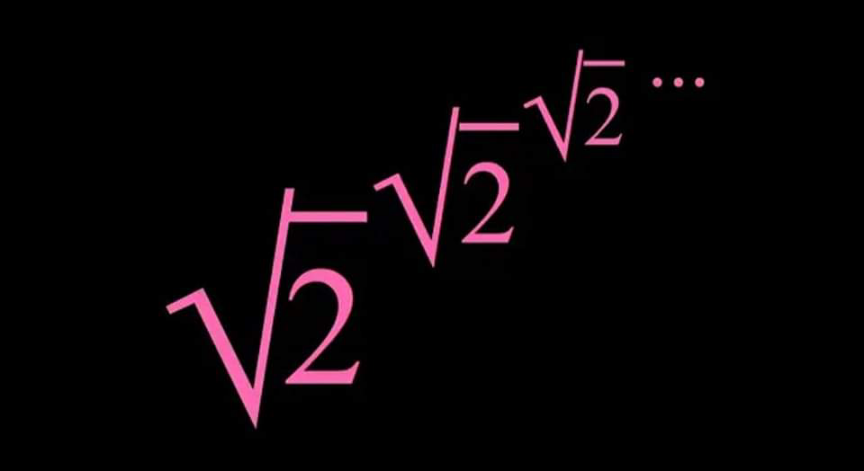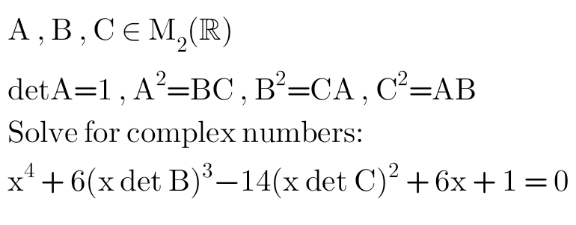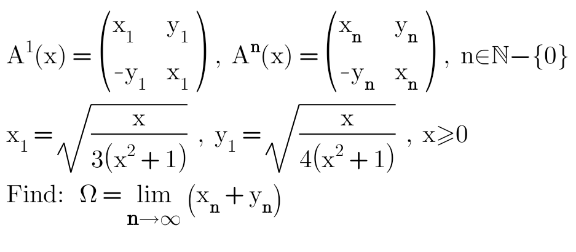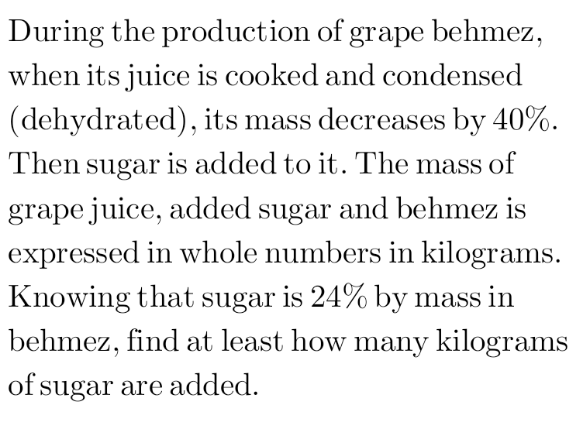
Question and Answers Forum
AlgebraQuestion and Answers: Page 86









|
Question and Answers Forum |
AlgebraQuestion and Answers: Page 86 |
| find all values of m∈R such that the equation: ∫_0 ^( x) ((arctany)/y) dy = mx has two real roots: x_1 ∈(−∞;0) , x_2 ∈(0;∞) |
| x^3 +x=1 x^8 +3x^3 =? |

|
| solve (1−x−x^2 ...)(2−x−x^2 ...) |

|
| Find all functions f : R→R for all x, y ∈R such that f(f(x−y)−yf(x))=xf(y) |
| Given x, y, z∈R^+ such that x^2 −3xy+4y^2 −z=0. when ((xy)/z) reaches its max value, find the max value of (2/x)+(1/y)−(2/z). |

|

|
| find the real solution of following equation system: x^2 +xy+y^2 =p y^2 +yz+z^2 =q z^2 +zx+x^2 =r with p,q,r>0 |
| (√(x+4)) − (√(x−1)) > (√(4x+5)) |
| (2x+(√(4x^2 +1)))(3y+(√(9y^2 +1)))=1 (4x+6y)^3 =? Show full solution |
| Resoudre af^′ (x)+(b/(f(x)))+c=0 (a,b,c)∈R^3 |
| Resoudre dans R 1) a+b+c=2 a^2 +b^2 +c^2 =6 (1/a)+(1/b)+(1/c)=(1/2) 2) x^2 +xy+y^2 =3 y^2 +yz+z^2 =7 z^2 +zx+x^2 =13 |

|

|

|

|
| f(x−y)+f(x+y)=f(x)f(y) find f(x) |
| The difference between the ages of Sammy and Cindy is half the difference between the ages of their parents. Their father is 6 years older than twice the age of Cindy. Their mother is twice as old as Cindy and 12 years older than Sammy. By how many years is Sammy younger than Cindy? |
| y = x − (2/x) Find the set of values of the function. |
| (√((8^(12) +4^(13) )/(8^6 +4^(14) ))) |
| solve the differential equation y′′ +2 y′ + y = 0 using power series method that is, assume y = Σ_(n=0) ^∞ c_n x^n is a solution |

|
| Solve in C the equation z^4 +(7−i)z^3 +(12−15i)z^2 +(4+4i)z+16+192i=0 Knowing that it has one real root and a purely imaginary root of equal magnitude. |
| In triangle ABC with angles α , β , γ correspondently , Euler′s line interescts BC at point P. Ite′s put δ is angle between Euler′s line and BC (∠BPH). Then the following is true tan δ = ((2 cos β cos γ − cos α)/(sin (β − γ))) |